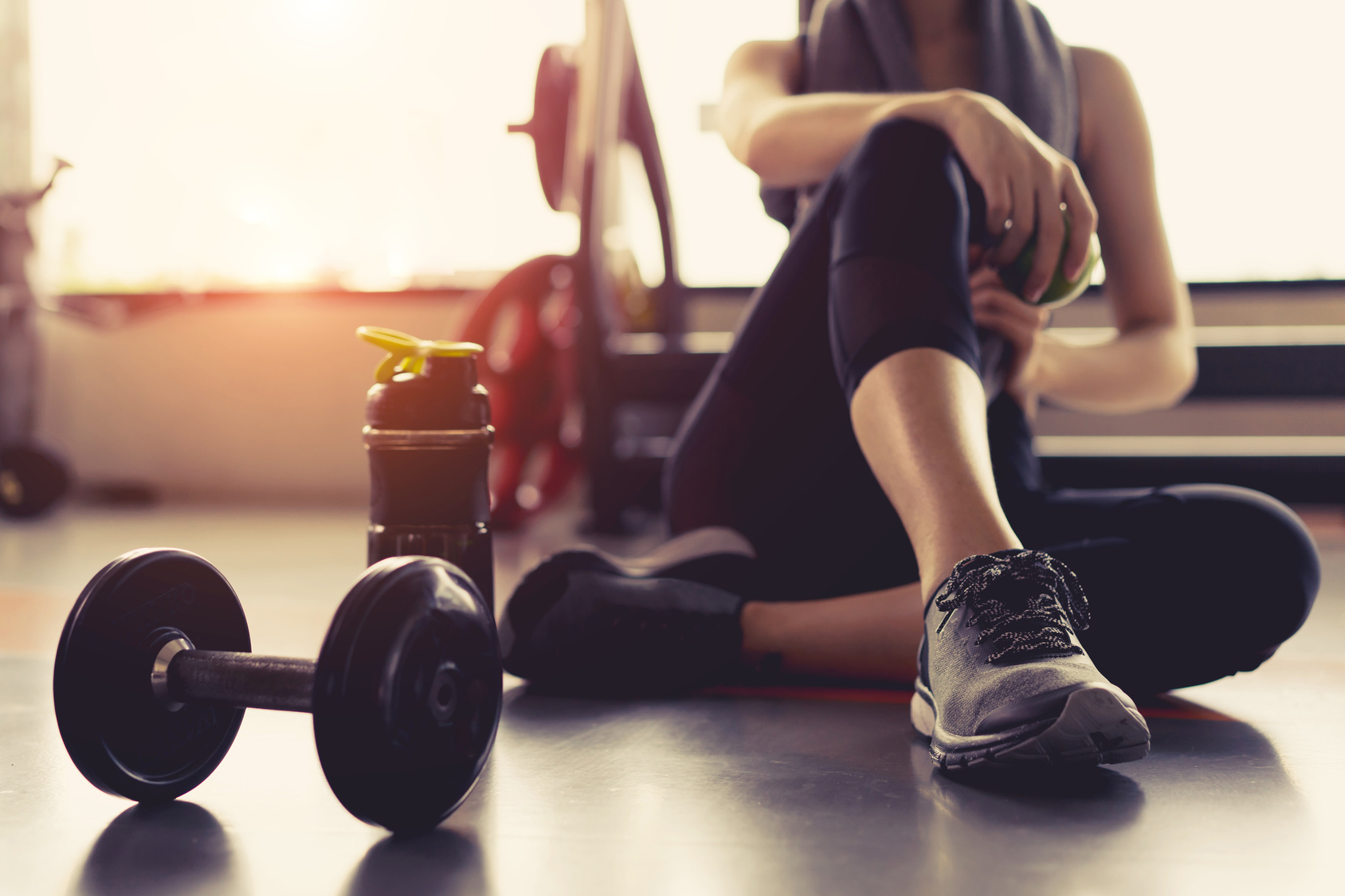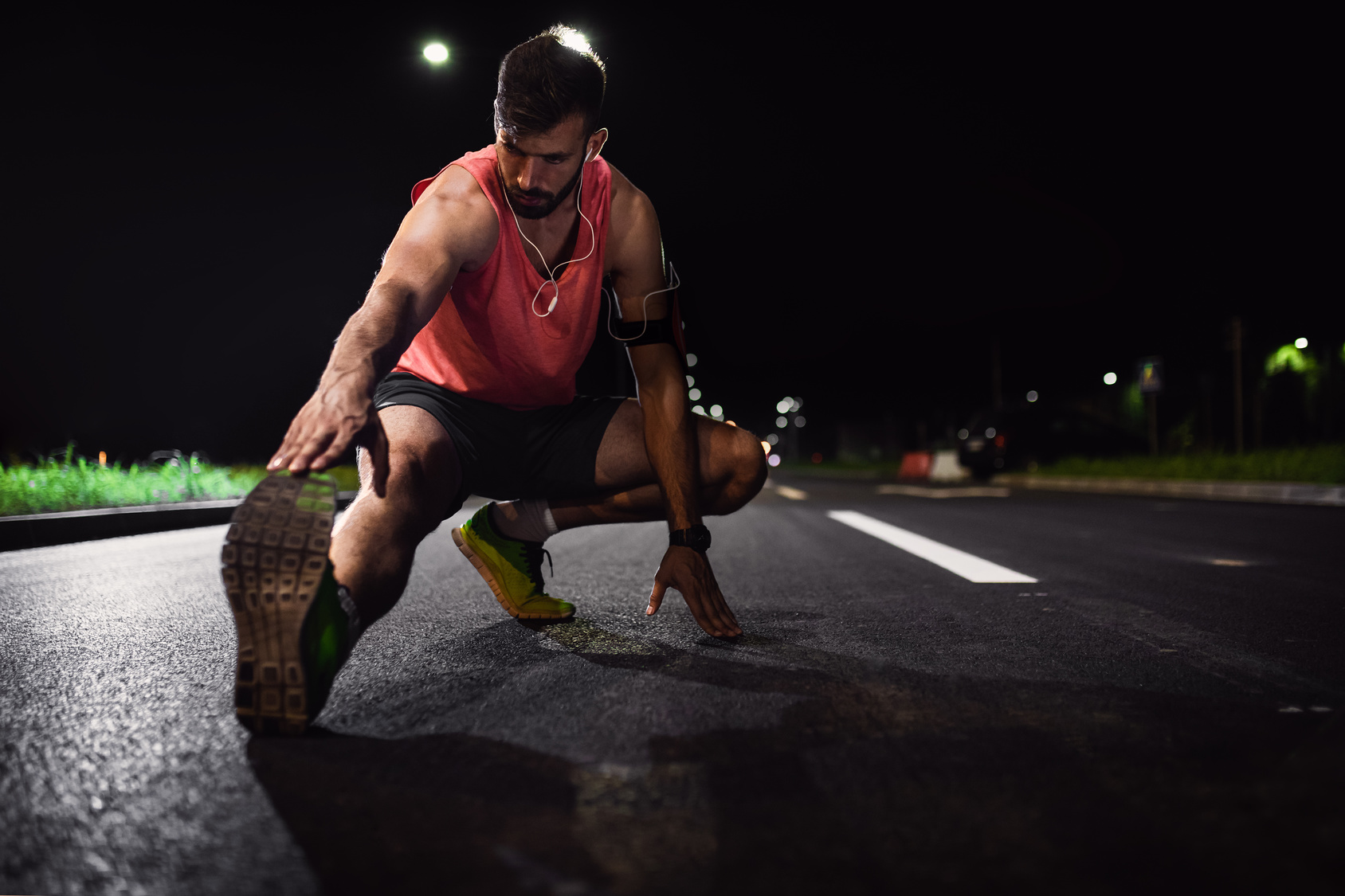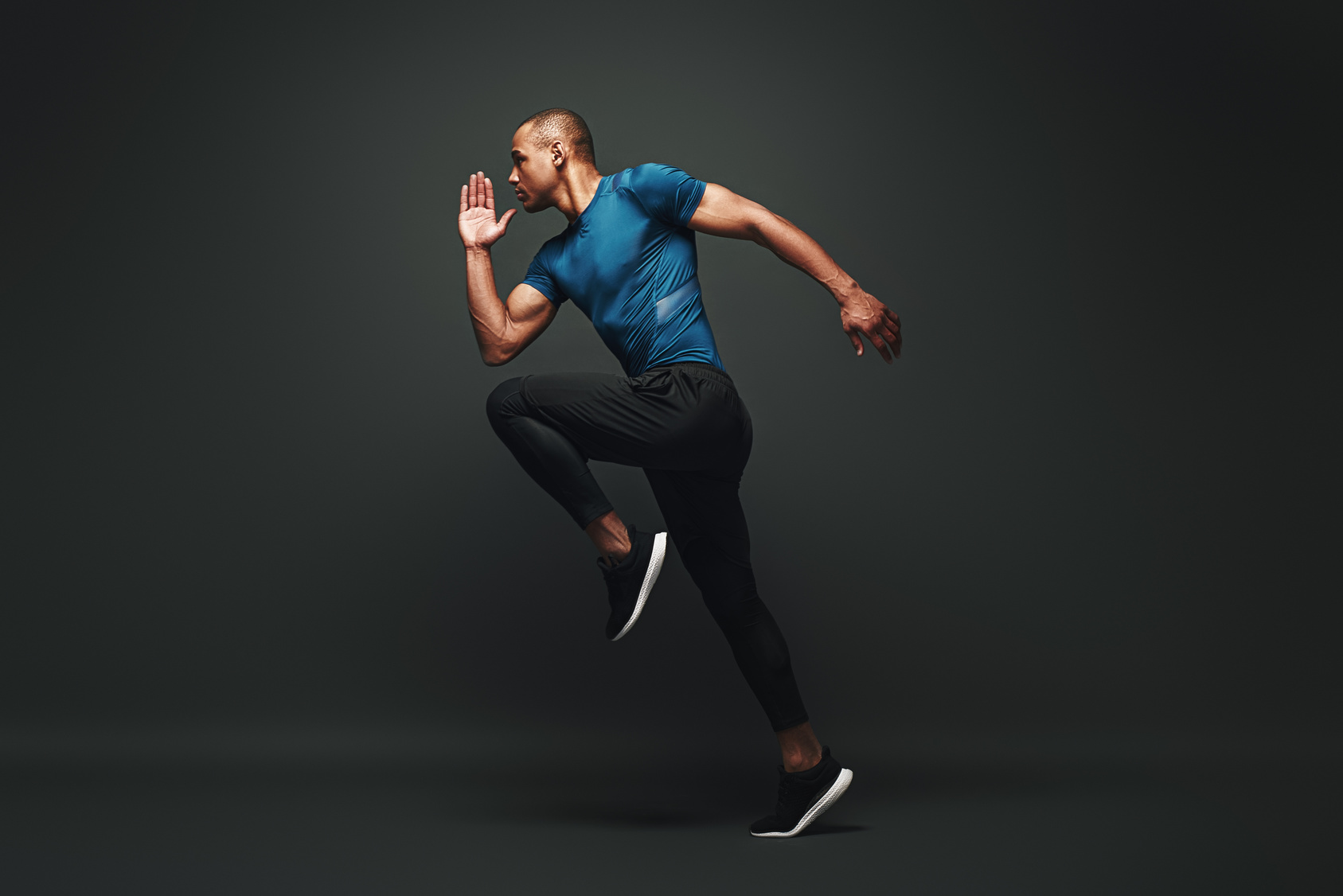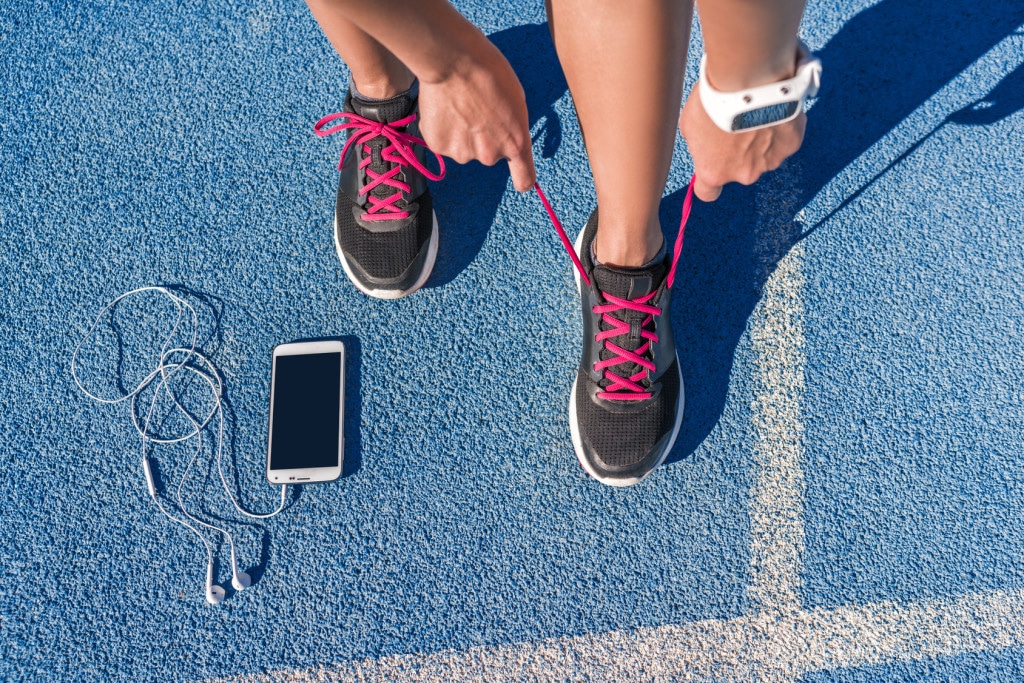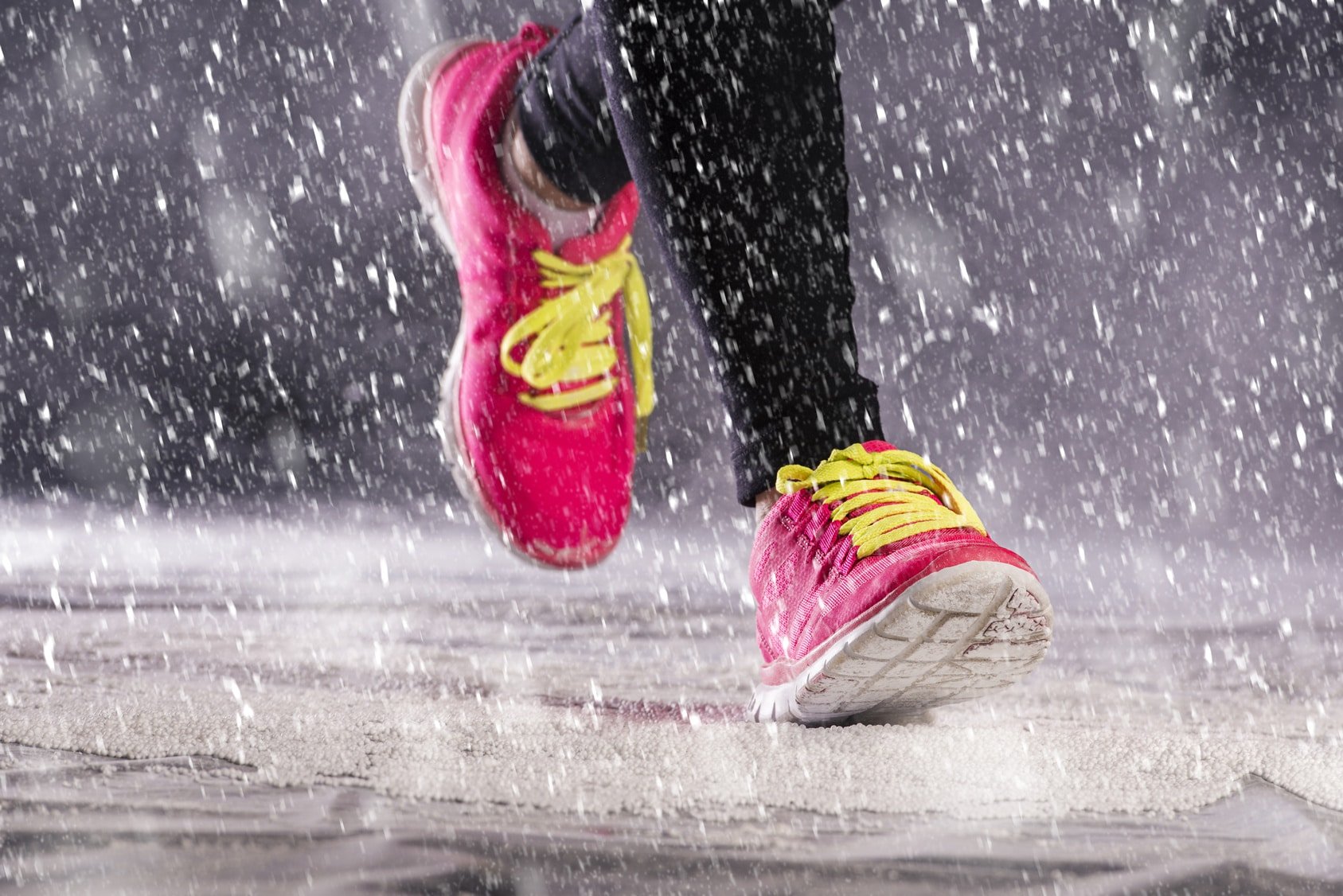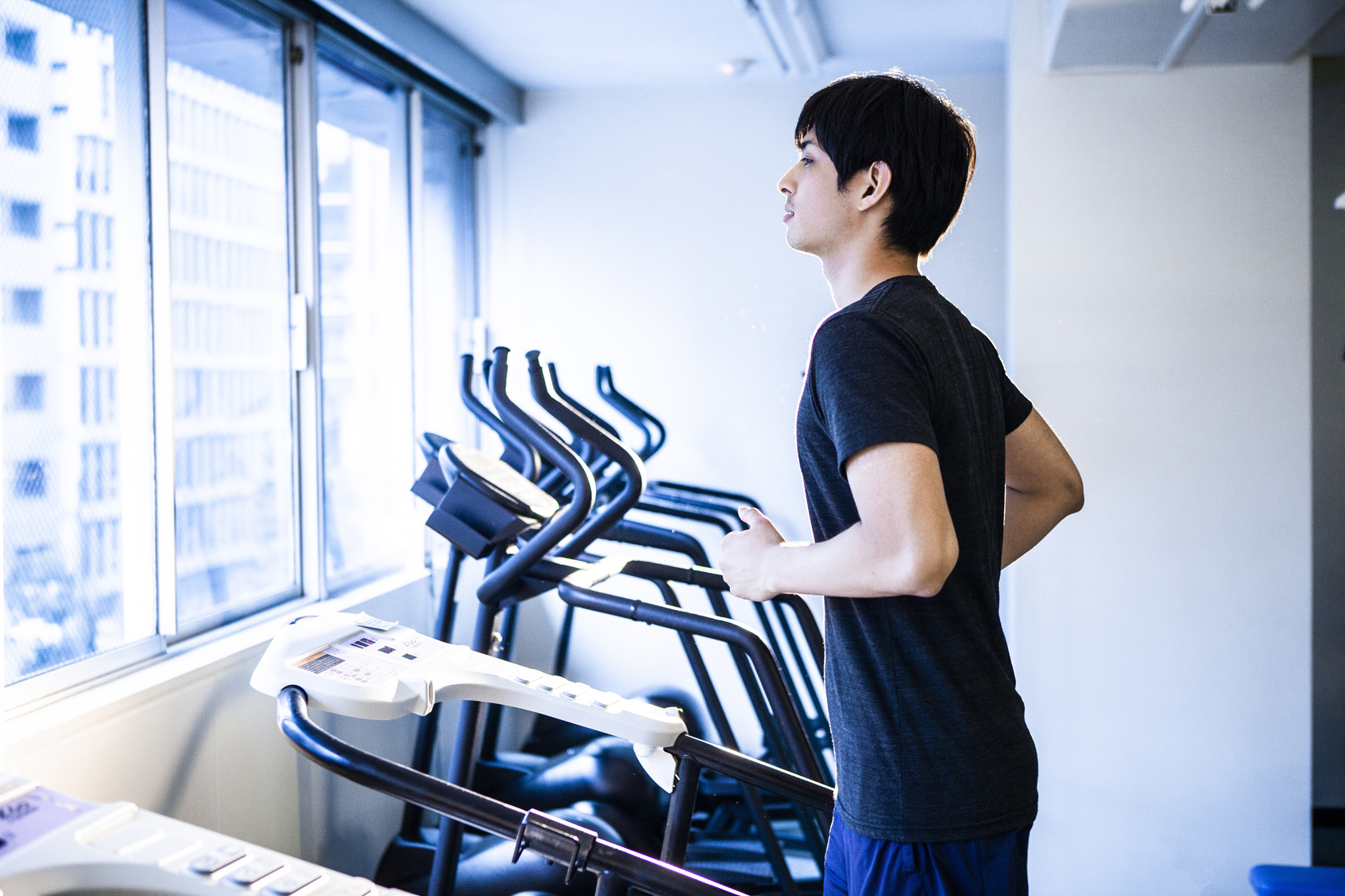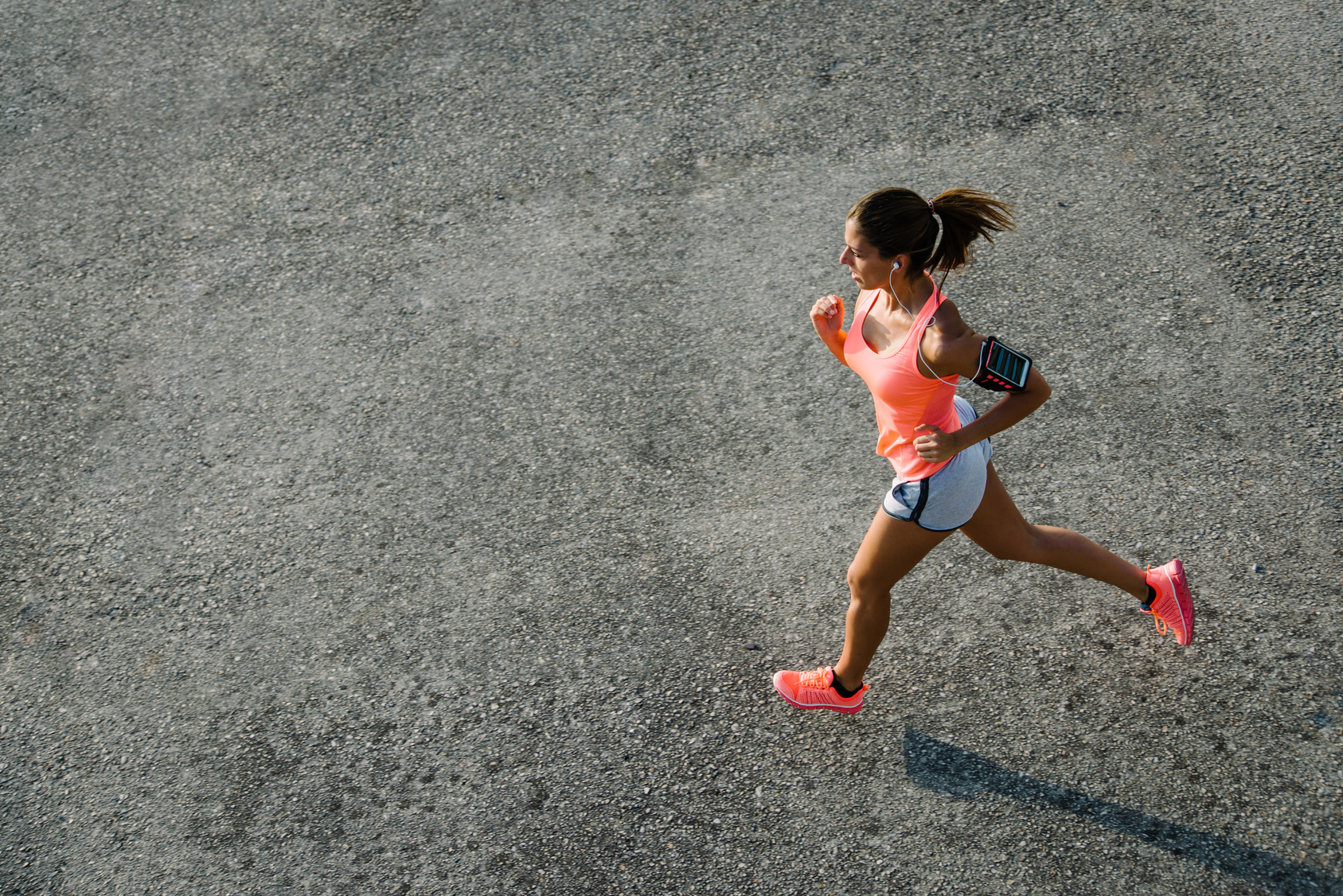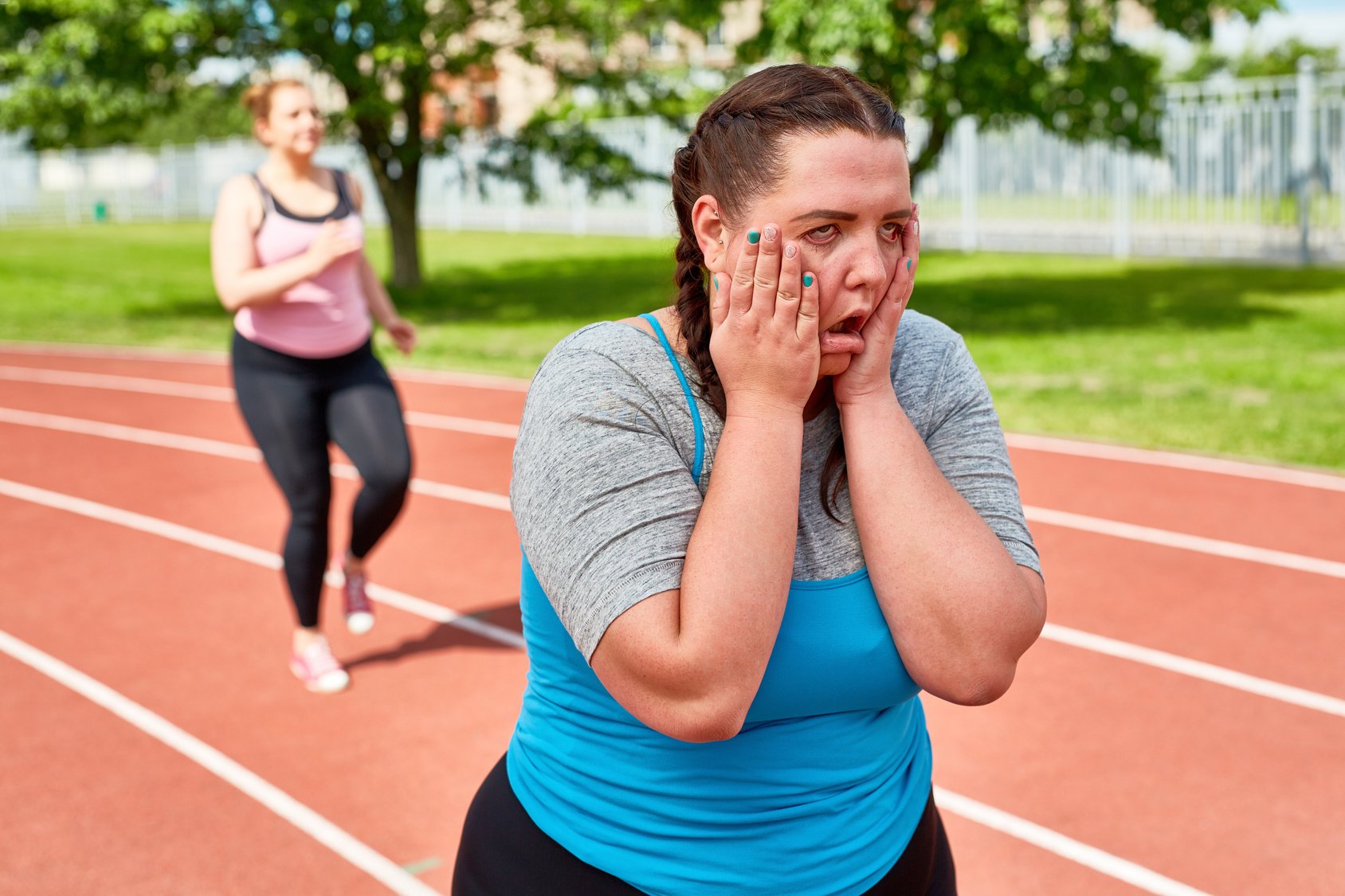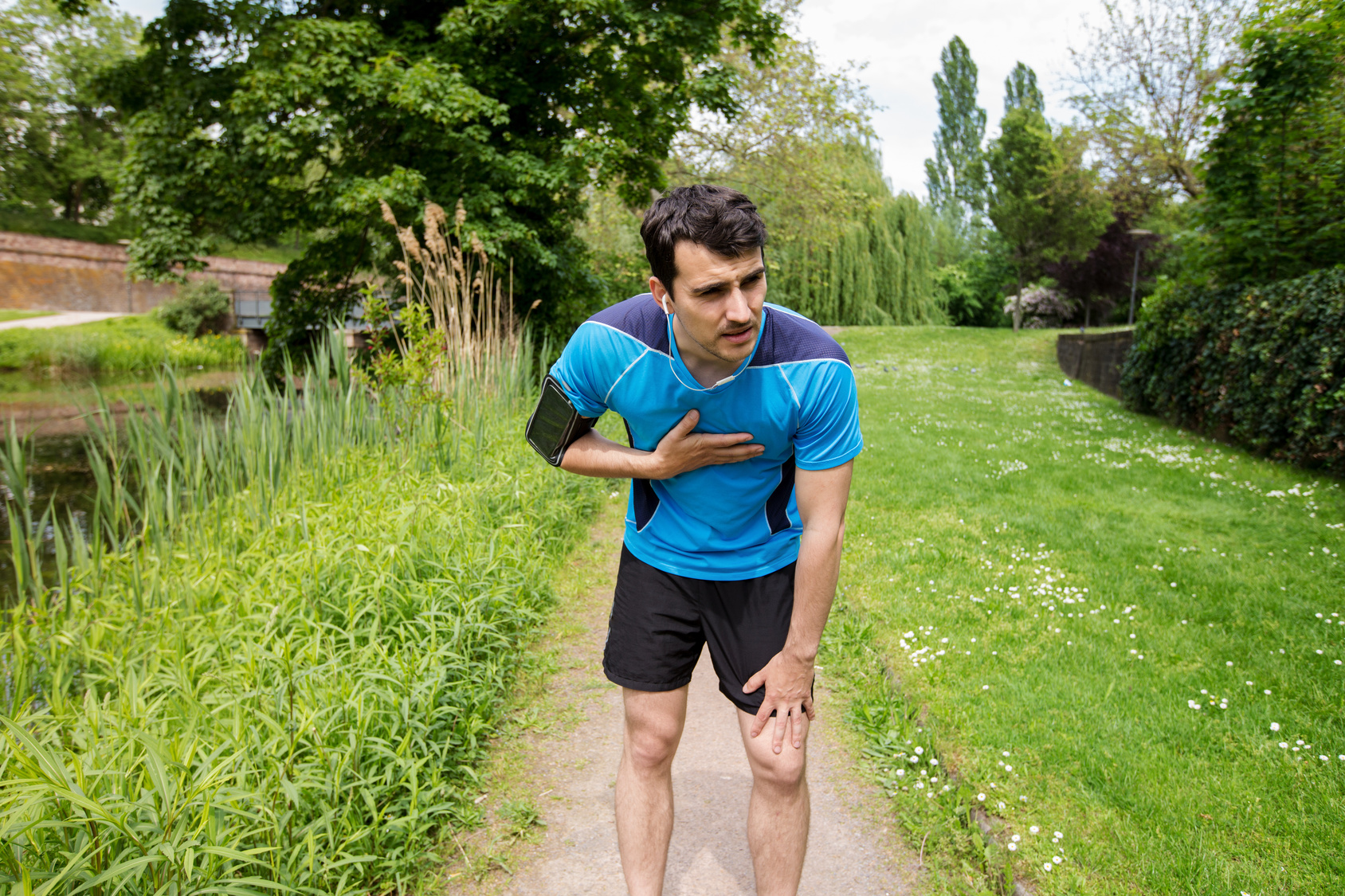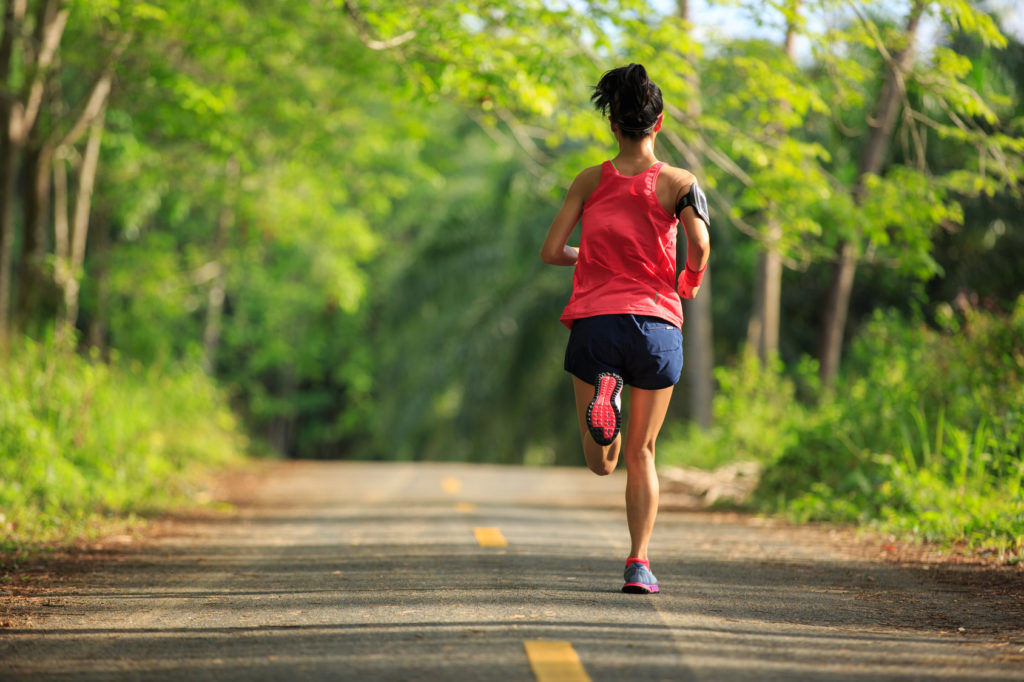Imagine your body as a clay sculpture that you have the power to mold and shape. Weightlifting is like the sculptor’s tool, allowing you to chisel away the excess and carve out the form you desire. But just like sculpting, it requires patience, dedication, and a willingness to push through the discomfort.
As someone who has dabbled in weightlifting, I know firsthand the feeling of triumph when you hit a new personal record or see your muscles bulging. It’s a rush of endorphins and pride that fills you up from the inside out.
But the benefits go beyond just aesthetics. When you commit to weightlifting, you are committing to improving your overall health and well-being. It’s like planting a seed that will grow into a stronger, more resilient version of yourself.
Let’s dive into some of these benefits.
Boosts Metabolism: When you lift weights, you’re not just building muscle, you’re also building up your metabolism. It’s like revving up the engine in your car – the higher the RPMs, the more fuel you burn. And with weightlifting, you burn calories even when you’re resting. It’s like a fire that keeps burning long after the flames have died down.
Improved Bone Health: But it’s not just your muscles that get stronger. Weightlifting also works its magic on your bones. It’s like giving them a tough love hug – the kind that hurts a little but makes you stronger in the end. And the benefits don’t stop there. Weightlifting can also pump up your heart health by reducing bad cholesterol levels and lowering blood pressure. It’s like a cardio workout without the treadmill.
Better Heart Health: But perhaps the most magical thing about weightlifting is what it can do for your mental health. When you lift weights, you’re not just building a better body, you’re building a better mind. It’s like taking a mental vacation from the stresses of everyday life. You leave the gym feeling like a superhero, ready to take on anything that comes your way.
Better Overall Physical Function: And let’s not forget about the overall physical benefits of weightlifting. It’s like a Swiss Army knife for your body – it improves mobility, flexibility, and coordination all at once. It’s like unlocking a whole new level of physical ability.
The Importance of Motivation in Weight Lifting
Weightlifting isn’t just about brute strength and lifting heavy weights – it’s also a mental game. And when it comes to the mental side of weightlifting, there’s nothing more important than motivation.
Motivation is like the fuel that keeps the weightlifting machine running smoothly. It’s what drives athletes to show up day after day, even when they’re tired or feeling discouraged. And it’s what keeps them pushing through plateaus and reaching for new heights.
Here are some specific reasons why motivation is important in weightlifting:
Consistency
Think of motivation like a personal cheerleader – always there to encourage you, even when things get tough. With motivation by your side, you’ll have the consistency you need to stick to your training program, even when life gets in the way. It’s like having a reliable friend who always has your back.
Progression
As you move up in weightlifting, you’ll encounter new challenges and obstacles. It’s like climbing a mountain – the higher you go, the steeper the climb. But with motivation, you’ll have the drive to keep going, to keep pushing yourself past those plateaus and to new heights.
Positive Attitude
Let’s not forget about the importance of a positive attitude. Weightlifting can be tough – there’s no denying it. But with motivation, you’ll be able to maintain a positive outlook, even when things get rough. It’s like having a ray of sunshine on a cloudy day – something to lift your spirits and keep you moving forward.
Mental Toughness
Weightlifting isn’t just about building strong muscles, it’s also about building a strong mind. With motivation, you’ll be able to push through pain and discomfort, to stay focused on your goals even when the going gets tough. It’s like forging steel – you’ll come out stronger, tougher, and more resilient than ever before.
How to Keep Motivated For Weightlifting
If you’re a weightlifter, you know that motivation is like the secret ingredient that makes all the difference in achieving your fitness goals. But sometimes, even the most dedicated athletes need a little extra boost to keep going. That’s where these inspiring podcasts, decor, and tees come in handy
Inspirational Podcasts
- a) Barbell Shrugged: This podcast is all about strength, conditioning, and functional fitness. They interview top weightlifting athletes, coaches, and experts in the field to give you the latest insights and inspiration for your journey.
- b) Iron Culture: Hosts Eric Helms and Omar Isuf discuss everything from training and nutrition to the philosophy and culture of strength sports. They interview top athletes and experts in the field to provide a wealth of knowledge and inspiration.
- c) The JuggLife: Hosts Chad Wesley Smith and Max Aita are both world-class powerlifters and coaches. They share their training tips, insights, and experiences to help you reach your full potential in the gym.
Decor for your gym walls
- a) Gym Wall Decals: Decorate your home gym with inspiring quotes and images. You can find a wide range of gym wall decals on Etsy, including motivational quotes and fitness-themed designs.
- b) Weightlifting Posters: Hang posters of your favorite weightlifters or motivational quotes on your wall to keep you posters. motivated. Check out websites like AllPosters and Redbubble for a wide selection of weightlifting
- c) Gym Mirrors: Invest in a high-quality gym mirror to track your progress and keep yourself motivated. Seeing your progress reflected in the mirror can be a powerful motivator to keep pushing yourself.
Motivational Tees
Wearing a tee with a motivational quote or graphic can help remind you of your goals and keep you motivated during your workouts. Some of the best brands according include:
- a) Gymshark: Gymshark offers a range of stylish and comfortable workout clothes, including tees with inspiring slogans and images.
- b) Rogue Fitness: Rogue Fitness is a popular brand among weightlifters and powerlifters. They offer a range of tees with motivational slogans and images, as well as shirts featuring their iconic logo.
- c) Chummy Tees: Chummy Tees is establishing itself as one of the fastest-growing brands that offer a wide range of elegant, stylish, and comfortable workout t-shirts. They feature a “Meet me at the bar workout t-shirt” among many others worth checking out.
- d) Lululemon: Lululemon is known for their high-quality athletic wear. They offer a range of tees with motivational slogans and images, as well as shirts featuring their iconic logo.
Conclusion
Here’s the thing – there’s no one-size-fits-all solution when it comes to staying motivated. You need to experiment and find what works for you. Maybe you’ll find that listening to an upbeat playlist pumps you up more than a weightlifting podcast. Or maybe you’ll discover that decorating your gym space with pictures of your fitness idols is more inspiring than motivational quotes. The point is, don’t be afraid to try new things until you find the combination that makes you excited to hit the gym and lift some weights!
And hey, speaking from personal experience, it can be a fun journey to find your motivation sweet spot. It’s like a treasure hunt – you never know what gems you might stumble upon until you start exploring. So don’t give up, my weightlifting friend. Keep experimenting, keep lifting, and most importantly, keep that motivation fire burning bright!

